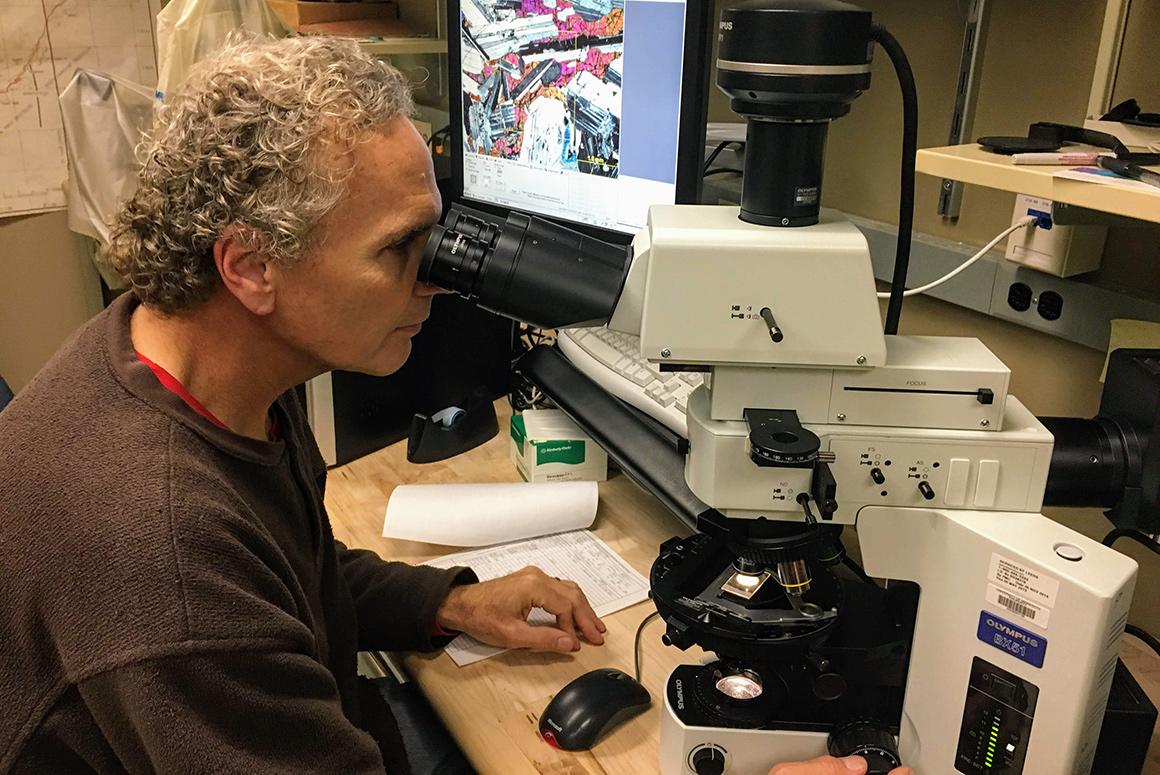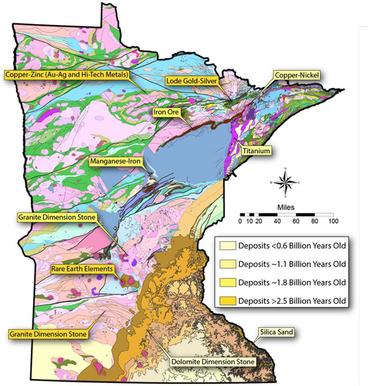
Program Overview
NRRI's Mineral Characterization / Geometallurgy program is translational research, taking what we understand from our Economic Geology program and applying it to our Mineral Processing program. Geometallurgy combines geological, mining, metallurgical, environmental and economic information to maximize the value of mined materials while minimizing the risk. Geometallurgy seeks to understand the spatial distribution of relevant rock and mineral geologic properties and how that relates to extraction of commodity materials.

Geometallurgy includes the physical and chemical characterization of:
- Raw feed
- Intermediaries
- Products (ex. iron ore pellets)
- Waste materials
The data generated is used for:
- Reserve estimation
- Mine scheduling
- Ore blending
- Flow sheet development
- Optimizing concentrating plant operation
- Optimizing pellet plant operation
- Improving and maintaining product quality
- Managing waste
Mineral Characterization Tools and Capabilities
To establish mineralogy and mineral chemistry we use the following tools:
- X-ray diffraction (XRD)
- Identify of minerals
- Quantify minerals
- Process mineralogy balance
- Optical microscopy
- Identify particles that are locked or free to be liberated
- Scanning electron microscopy
- Identify mineral chemistry
